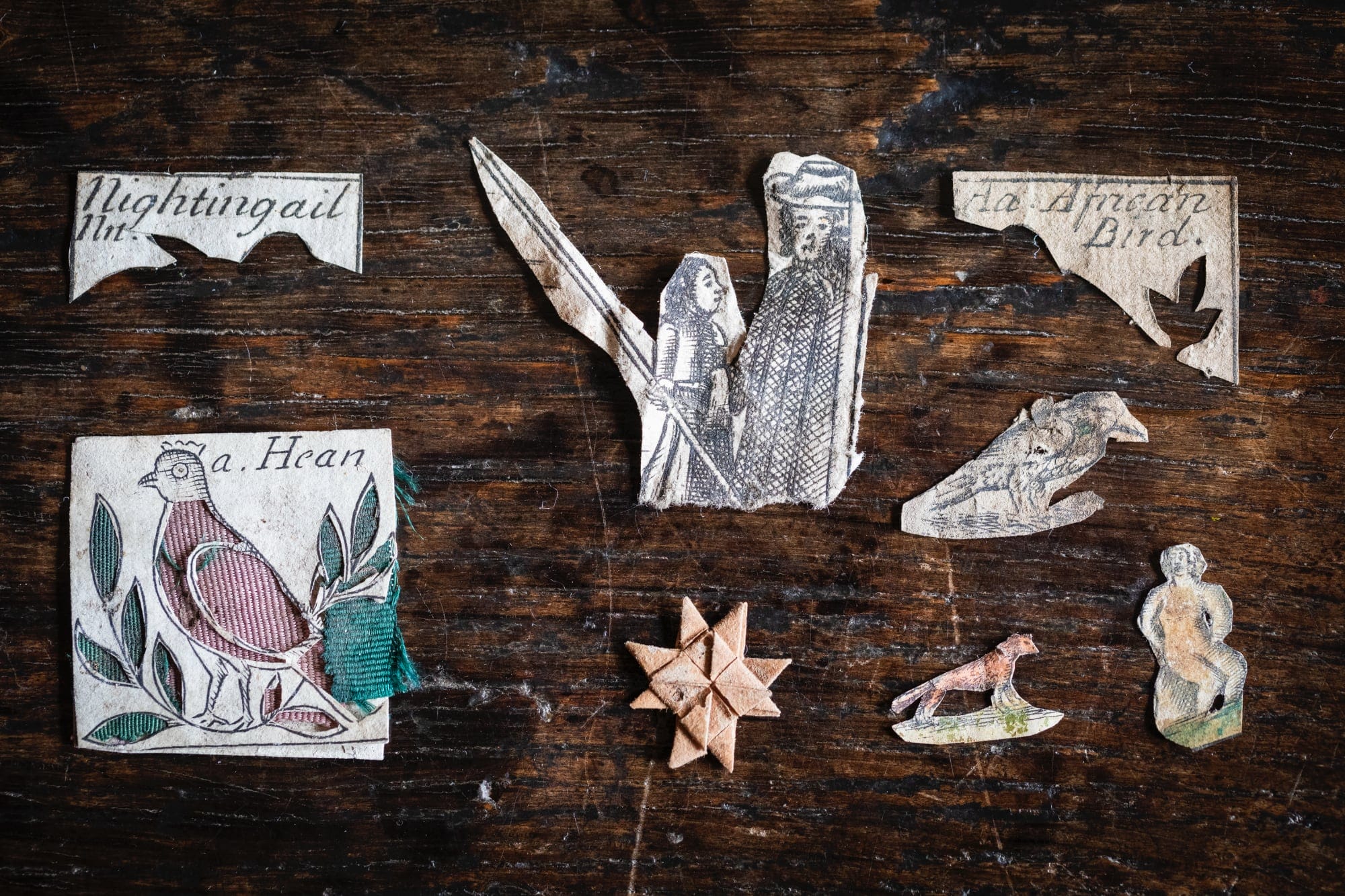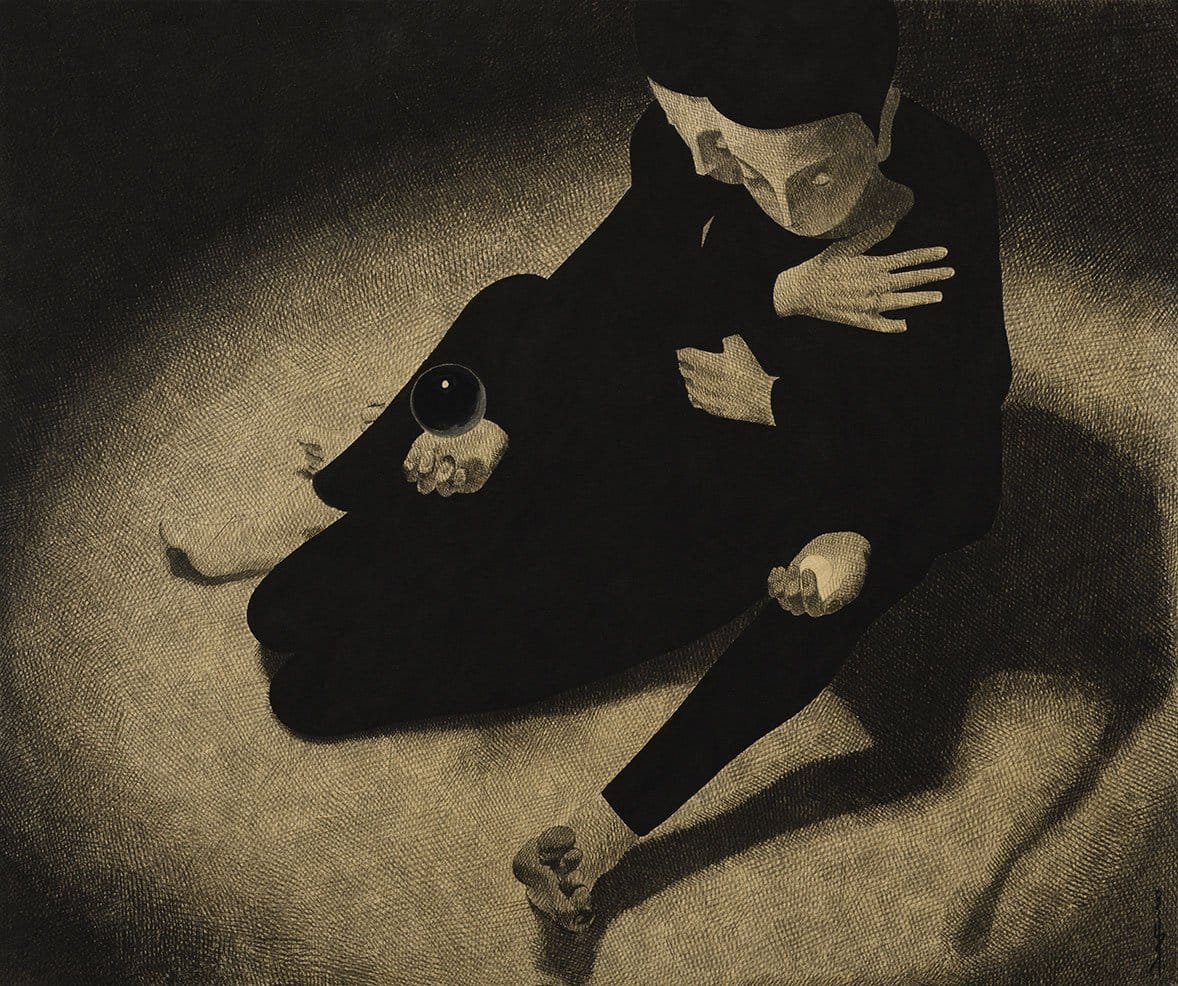Top row, left to right: Aronia melanocarpia (black chokeberry), Atriplex hortensis (orache), and Avena sativa (oat). Second row: Averrhoa carambola (star fruit), Basella alba (malabar spinach), and Beta vulgaris (beet root). Third row: Betula pendula (birch), Borago officinalis (borage), and Brassica juncea (brown mustard). Bottom row: Brassica oleracea (cabbage), Cajanus cajan (pigeon pea), and Calendula officinalis (marigold). All images © Uli Westphal, shared with permission
From the fuzzy casing of the levant cotton seed to the speckled scarlet runner bean to the star-shaped pod of the aptly named star anise, the minuscule sources of the world’s edible plants take center stage in photographer Uli Westphal’s newest project. Fascinated by food systems (previously) and the myriad ways we have adapted botanicals to our needs, the artist showcases the phenomenal diversity of plants, or in this case, their tiny origins. In the ongoing Seeds series, he creates a collective portrait of all edible plants, capturing incredible textures and colors in micro-photographic detail.
While other projects include amassing large quantities of produce, he started focusing on a collection of crop seeds during the pandemic, many of which he accumulated over the years. Currently, he has about 400 species, with a shortlist of 3,000 considered highly edible. Varying in shape, size, color, and texture, the specimens require a setup that allows Westphal to capture every minute characteristic.
Carica papaya (papaya)
Because the seeds are often so tiny they’re impossible to capture with traditional camera lenses, Westphal added high-resolving microscope objectives—the magnifying part of the microscope lens closest to the object—to his camera. The objectives have an extremely shallow depth of field, so he built a machine that moves the camera a few micrometers at a time, allowing him to take hundreds of images of each seed. These individual shots are used to create one composite image in which the entire seed is in focus.”It’s a time consuming but rewarding process that reveals a world that would otherwise remain invisible to the naked eye,” he says.
Westphal considers this body of work, in addition to others like the Cultivar Series, “infinite projects that I intend to pursue and expand for as long as I’m around…I believe we need this knowledge to raise awareness, celebrate, and safeguard this botanic cornucopia.”
If you’re in The Netherlands, you can see some of the images in the exhibition Spacefarming at the Evoluon in Eindhoven, which continues through March 2024. Westphal is currently working on a project site to accompany the series, but in the meantime, you can explore some of his other projects on his website, and follow updates on Instagram.
Illicium verum (star anise)
Top row, left to right: Opuntia ficus indica (prickly pear), Origanum vulgare (oregano), and Oryza sativa (rice). Middle row: Panicum miliaceum (millet), Papaver somniferum (bread seed poppy), and Passiflora edulis (maracuja). Bottom row: Passiflora quadrangularis (giant granadilla), Pastinaca sativa (parsnip), and Pennisetum americanum (pearl millet)
Centaurea cyanus (cornflower)
Cucurbita ficifoli (fig leaf gourd)
Gossypium herbaceum (levant cotton)
Elettaria cardamomum (kardamon)
Ribes rubrum (redcurrant)
Phaseolus coccineus (scarlet runner bean)
Do stories and artists like this matter to you? Become a Colossal Member today and support independent arts publishing for as little as $5 per month. The article An Ambitious Series of Portraits by Uli Westphal Captures the Character of Every Edible Plant Seed appeared first on Colossal.


